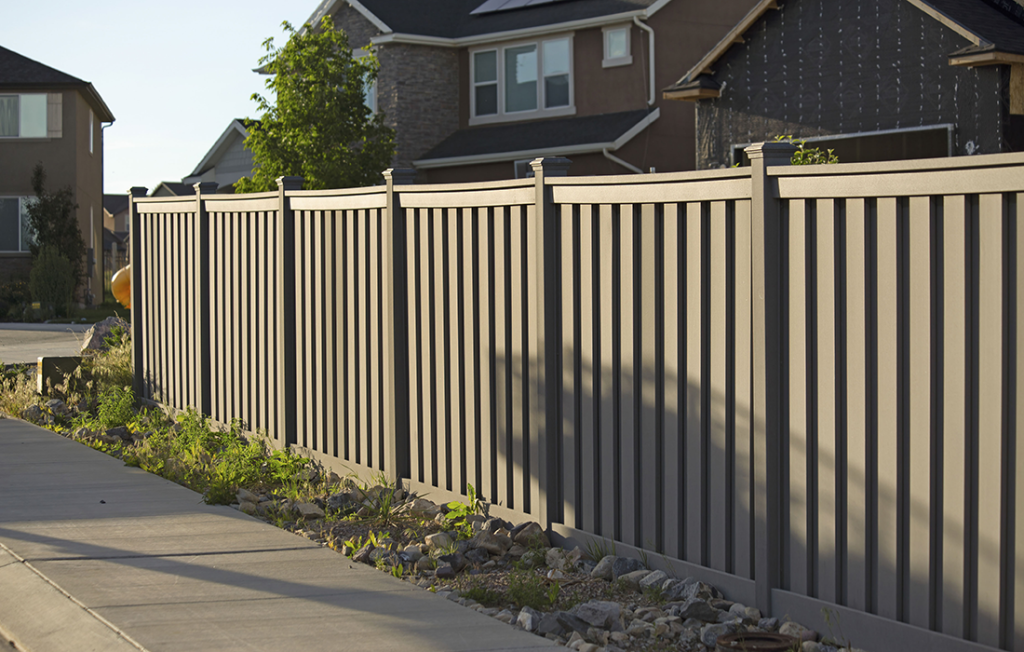A community fence, also known as a neighborhood fence or shared fence, refers to a fence that is jointly owned or maintained by multiple property owners within a community or neighborhood. It is typically installed along property boundaries to provide a uniform appearance and serve common purposes for the community as a whole.
The concept of a community fence arises when adjacent properties have a shared need for a fence, such as delineating property lines, enhancing security, providing privacy, or creating a cohesive aesthetic within the neighborhood. Rather than each property owner installing an individual fence, a community fence allows for cost-sharing, shared maintenance responsibilities, and a consistent look throughout the neighborhood.
Community fences can be made from various materials, including wood, vinyl, wrought iron, chain link, or composite materials. The type of fence chosen often depends on factors such as the community’s architectural style, budget considerations, and the preferences and needs of the property owners involved.

Key aspects of a community fence include:
- Cost Sharing: Property owners within the community typically divide the cost of purchasing and installing the fence. This cost-sharing approach helps distribute the financial burden evenly among neighbors and can make installing a fence more affordable for individual property owners.
- Joint Ownership: In many cases, a community fence is jointly owned by the neighboring properties it serves. This means that maintenance, repairs, and replacement costs are shared among the property owners. It is essential to establish clear agreements and guidelines regarding shared responsibilities to ensure effective maintenance and upkeep of the fence over time.
- Design and Style: The design and style of a community fence are often chosen to create a cohesive and visually appealing look throughout the neighborhood. This may involve selecting a specific fence material, color, height, or decorative elements that complement the overall architectural theme or existing fences in the community.
- Legal Considerations: Before installing a community fence, it is important to consult local zoning regulations, homeowner association guidelines, and any applicable permits or permissions required. Compliance with local laws ensures that the fence installation adheres to the community’s rules and regulations.
- Dispute Resolution: As a shared asset, disagreements or disputes may arise among property owners regarding maintenance, repairs, or changes to the community fence. It is beneficial to establish a clear dispute resolution process or guidelines upfront to address any conflicts that may arise and maintain harmony within the community.
Community fences can foster a sense of unity and collaboration among neighbors, as they work together to create a cohesive and functional boundary within their shared environment. By sharing costs, responsibilities, and decision-making processes, community fences promote a sense of collective ownership and contribute to the overall aesthetics and value of the neighborhood.
Let Howell Fencing quote your
Residential, Commercial or Industrial
Fence or Wooden Deck Build or Repair
Daphne, Fairhope, Mobile, Saraland, Spanish Fort, Theodore, Tillman’s Corner
and surrounding areas